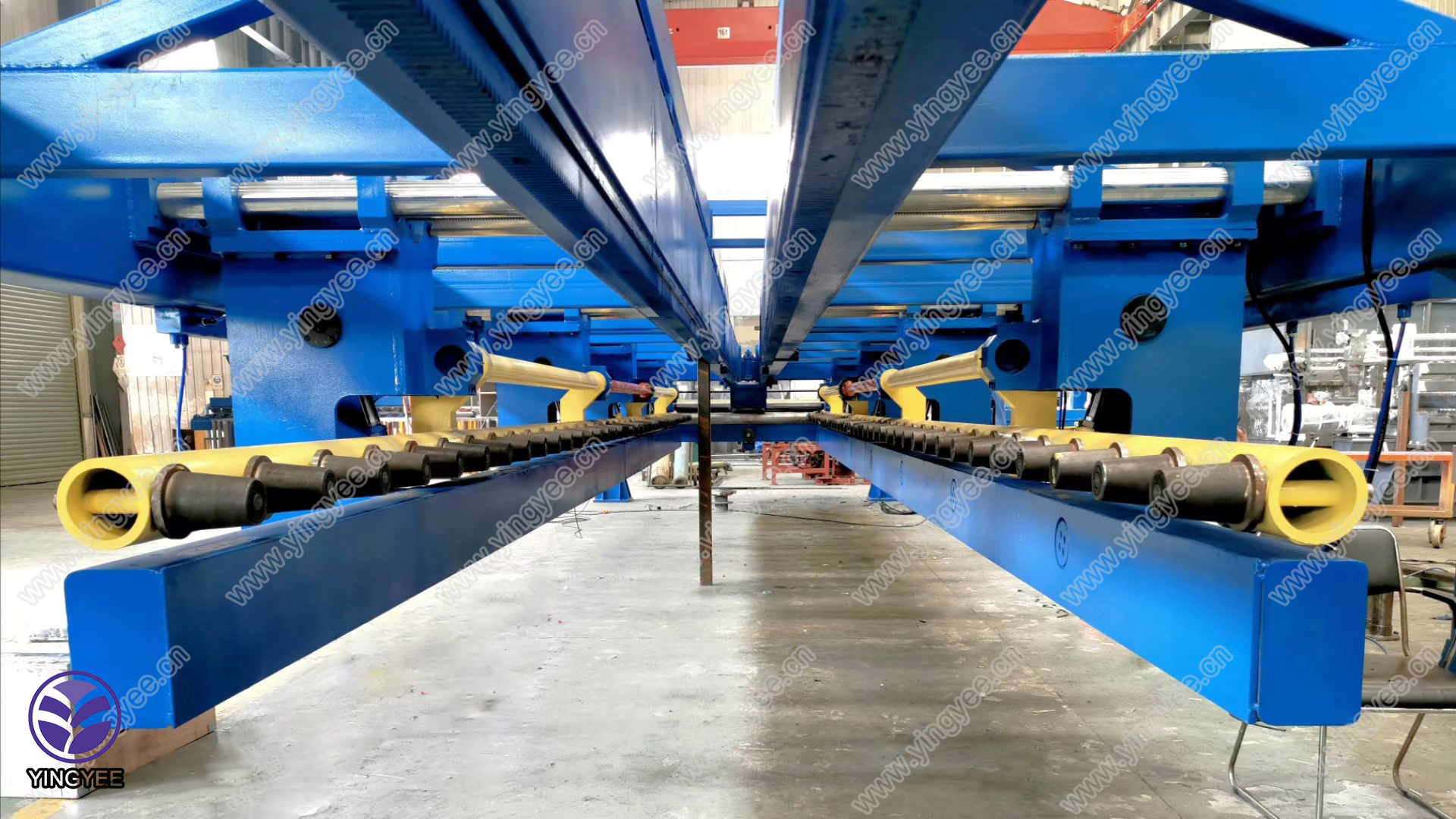
The Advancements in Fully Automatic Cable Tray Cold Roll Forming
In the modern industrial landscape, the importance of efficient and precise fabrication processes cannot be overstated. Among these, fully automatic cable tray cold roll forming stands out as a vital method for producing the essential infrastructure components that support electrical systems across various sectors. This innovative technology integrates automation with advanced engineering principles to enhance productivity, quality, and adaptability in manufacturing cable trays.
Cable trays are crucial for supporting and organizing electrical cables and wires, ensuring that they are protected from damage and environmental influences. They are widely used in commercial, residential, and industrial settings, making their manufacturing efficiency paramount. Traditional methods of producing cable trays could be labor-intensive and time-consuming, often leading to inconsistencies in quality and increased production costs. Enter cold roll forming technology, which revolutionizes the production process.
Cold roll forming is a method that involves shaping metal strips into desired profiles by passing them through a series of rollers. This technique allows for high precision in dimensions and forms, which is essential for the uniform placement and secure holding of cables. The transition to fully automatic systems enhances this process dramatically. Automated machinery can operate continuously, reducing human error and labor costs, while increasing throughput. In a fully automatic cable tray cold roll forming line, the entire process—from feeding the raw material to cutting the finished product—is streamlined into a seamless operation, minimizing delays and standby times.

One of the significant benefits of such automation is its adaptability to various production needs. Manufacturers can easily adjust the machinery to produce different sizes and types of cable trays, accommodating a wide range of projects without extensive reconfiguration. This flexibility is particularly beneficial in today’s fast-paced construction and electrical work environments, where requirements can change rapidly.
Moreover, this automated approach not only enhances production efficiency but also improves product quality. Fully automatic systems often employ advanced sensors and computer controls that monitor the manufacturing process in real time. This technological incorporation ensures that every tray produced meets stringent industry standards and specifications, which is crucial for safety and reliability in electrical installations.
Another noteworthy aspect of fully automatic cold roll forming systems is their sustainability profile. The efficiency of the process leads to minimal waste generation, as the machinery can be optimized to maximize material usage. Additionally, cold forming processes generally consume less energy compared to traditional hot forming methods, aligning with modern manufacturing's push towards greener practices.
In conclusion, fully automatic cable tray cold roll forming represents a significant advancement in the manufacturing industry. By combining automation with the inherent advantages of cold roll forming, manufacturers can achieve higher production rates, superior product quality, and greater flexibility, all while promoting sustainability. As industries continue to evolve and demand higher standards of efficiency and quality, this technology is poised to play a crucial role in meeting these challenges and ensuring the successful backbone of electrical infrastructure.